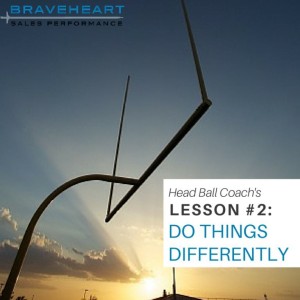A preference center represents a centralized location for your customers to manage communications and interactions with your company. But more importantly, your preference center also represents an opportunity for customers to become empowered and begin to understand the ways in which they can personalize your conversation with them.
When your company is initially creating its preference center, there are some simple techniques in organizing it to get your customers to understand the ways in which your company can and should communicate with them.
By introducing clear methods and levels of opt-ins, your customers can identify the communications they’d like to receive while being reminded that they can change their preferences at any time – increasing, decreasing and ultimately customizing your communications with them.
Broadly, your preference center organization should utilize three categories:
- Messages they want to receive – this would generally include alerts, notifications and reminders
- Messages you want to send them – things like marketing and promotions communications
- Messages you must send them – required items like company or legal notices, EOBs for insurance companies
By sorting your preference center this way, customers get clarification on the types of messages they can receive, eliminating confusion or mass rejection of messages. You also reinforce the ways customers understand what they can (or can’t, in the case of the third category) change about the communications you send them. But by giving them these opt-ins on multiple channels, they’re able to tweak and personalize the conversation.
Watch and save this short video as a reminder of the best way to organize a preference center:
This organization also allows your company to think about the communication matrix in simple ways that your customers do too – their wants, your wants, and everyone’s requirements.
By following a clear organization technique like this, you’re able to show customers that you can listen, remember and respond to them. And more importantly – follow through on it.
Business & Finance Articles on Business 2 Community(30)
Report Post







